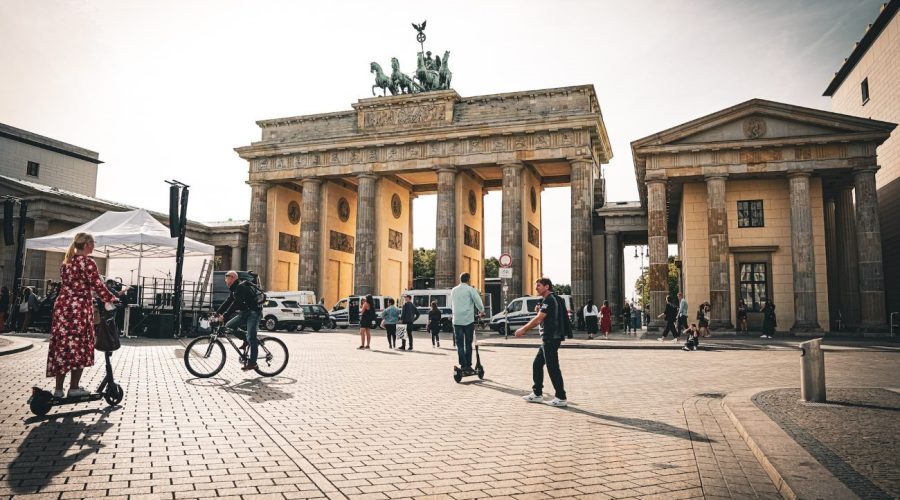Where Can I Find New Amsterdam?
The search for New Amsterdam today will lead you to understand that this place has merged into what we now know as New York City. Historians consider New Amsterdam an important term because it used to represent the current New York City.
The History of New Amsterdam
New Amsterdam received its founding as a Dutch settlement at the beginning of the 17th century. The Dutch colony of New Netherland selected New Amsterdam as its capital because trading activities were the main focus. The colony expanded through time to become a main trading hub that dominated the surrounding area.
The English gained control of New Amsterdam from the Dutch in 1664 through invasion and proceeded to rename it New York while establishing English rule over the former Dutch settlement. The thriving municipality expanded to stand among the top cities of the United States.
The historical impact of New Amsterdam continues to live on throughout New York City
The history of New Amsterdam remains visible in various locations throughout New York City despite its name transition.
1. The Dutch Influence in Manhattan
The main city of New York City known as Manhattan kept alive the legacy of its Dutch origin as New Amsterdam. The influence of Dutch settlers in Manhattan remains active in the present day. The street pattern of Lower Manhattan continues to show the original Dutch settlement plan.
As The Battery formerly named Battery Park it holds historical significance because the Dutch constructed this protective military station to guard the colony. Visitors who want to view the Statue of Liberty can see it best from The Battery while enjoying informative historical content about the city.
2. The Museum of the City of New York
Knowing the history of New Amsterdam and New York City means you need to see the collections at the Museum of the City of New York. Visitors can discover the entire historical progression of New York City at the museum through its numerous artifacts alongside documents and artworks. The museum provides specialized areas which focus on the Dutch colonial time and the transformation of New York.
3. Historic Districts and Neighborhoods
New York City features multiple neighborhoods which maintain their historic appeal using buildings built during the Dutch colonial period. The South Street Seaport District exhibits its historic buildings and cobblestone streets in a display of Dutch colonial past.
You can explore Williamsburg in Brooklyn since this area still displays its Dutch heritage. The streets of this area maintain their original state with charming row houses which give visitors a peek into the past.
Conclusion
The original city of New Amsterdam no longer exists but studying the Dutch colonial history of New York City brings many interesting discovery opportunities. Several places throughout the city enable visitors to discover the historical legacy of New Amsterdam including its street designs and cultural landmarks throughout historical areas and museums.
Table of Contents



